The new Space Race is on to Create the Next Lunar Lander

Musk’s SpaceX, Bezos‘ Blue Origin and Dynetics will be competing to design and build the next lunar landing vehicle for the Artemis mission in 2024.
NASA has named three privately owned companies to develop lunar landers that will carry astronauts to the moon’s surface in 2024—and beyond. The three teams, which include Blue Origin, Space X and Dynetics, have been tasked to build their own lunar landing systems for NASA’s Artemis program. The systems could potentially be used for future expeditions.
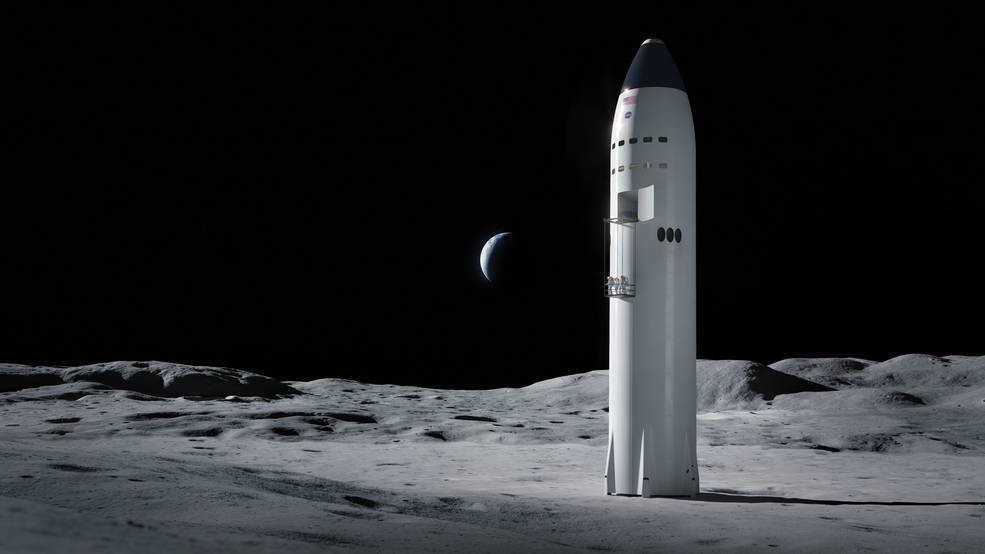
This new space race involves several high-profile billionaires. Space X is owned by Elon Musk and Amazon founder Jeff Bezos reportedly invests more than $1 billion of his Amazon stock annually into Blue Origin. Dynetics, acquired last year by Leidos Holdings, describes itself as a “Fortune 500 science and technology leader.”
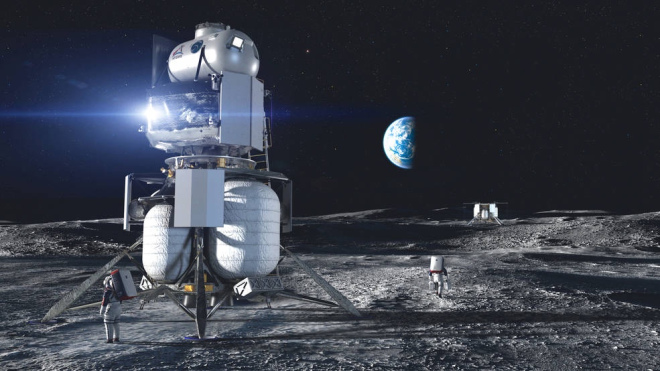
The goal of Artemis is to establish a sustainable, long-term presence on the moon by the end of this decade. Called Artemis Base Camp, it will most likely be located in Shackleton Crater at the moon’s south pole, NASA said last month. The base camp will be designed for lunar exploration. It will also serve as a launchpad towards the exploration of Mars, which could happen as early as the 2030s.
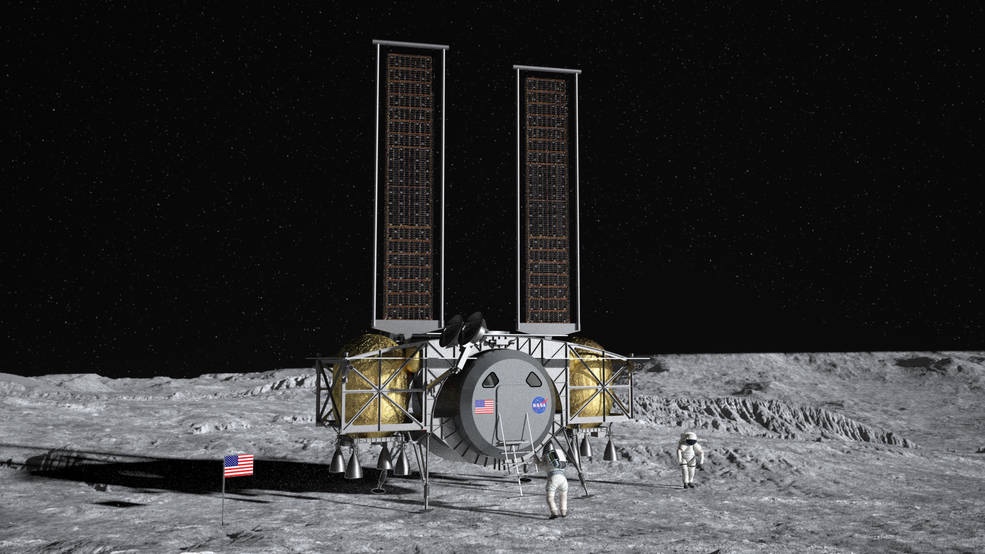
NASA said it will work with the three teams over the next 10 months, assessing progress as the landing systems are developed. At that point, the agency will decide which team will be allowed to perform initial demonstration missions. NASA will then decide which of the three should proceed for more advanced testing and, ultimately, which vehicle will serve as the lunar lander.
The awards for the lander designs came from NASA’s Next Space Technologies for Exploration Partnerships (NextSTEP-2) program. The contracts are worth a total of $967 million.
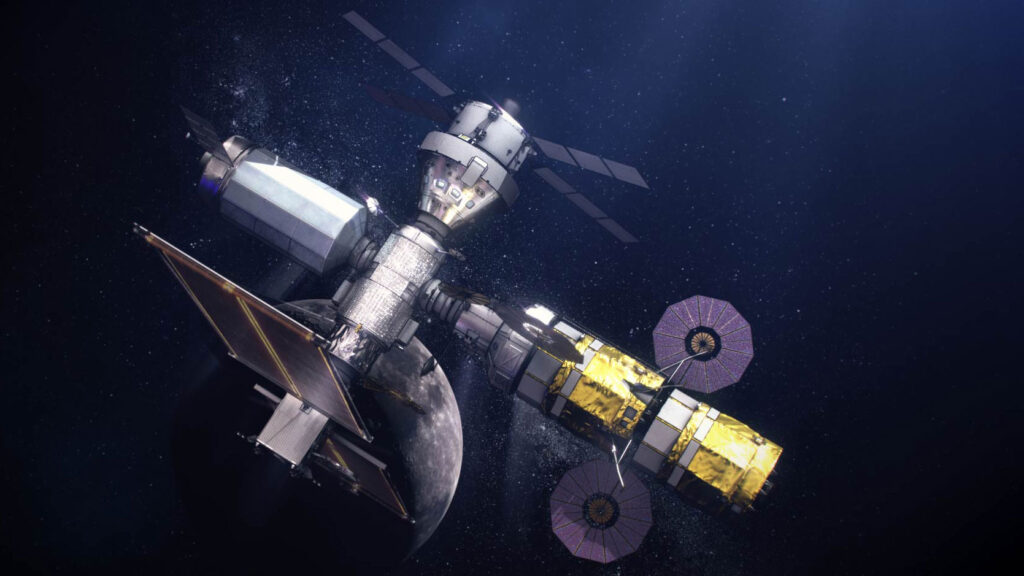
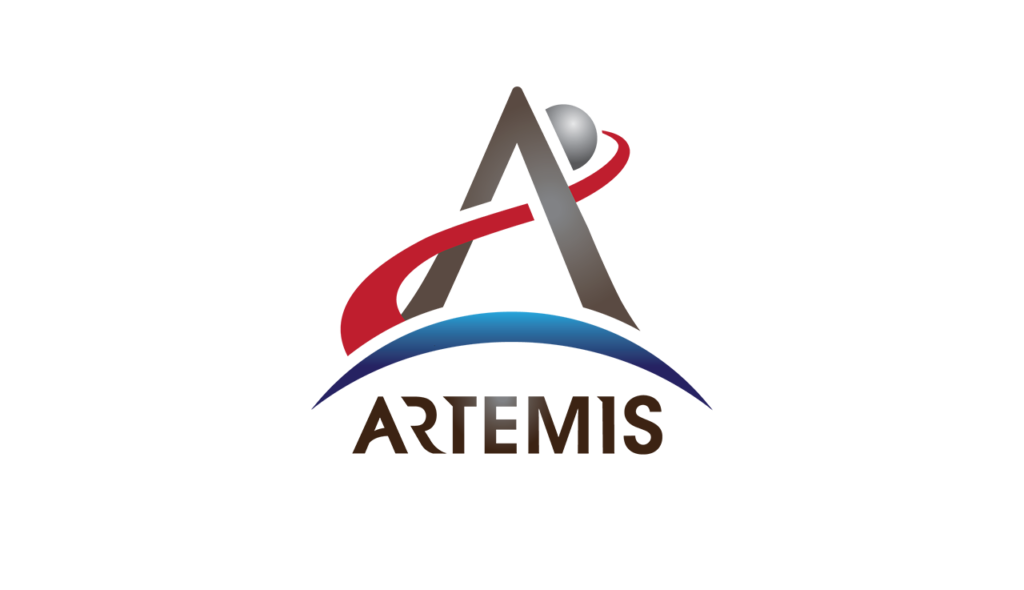
Neueste Kommentare